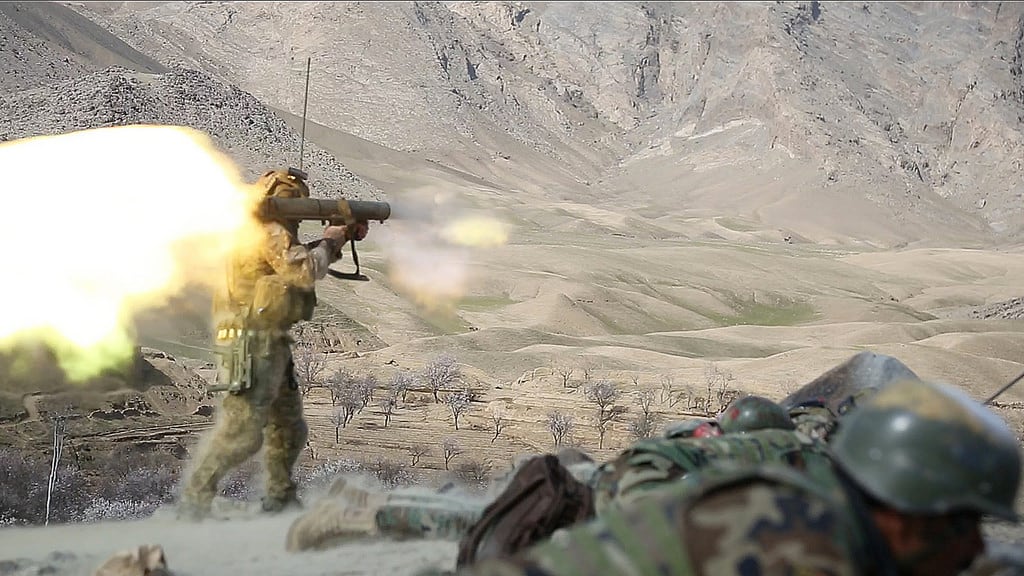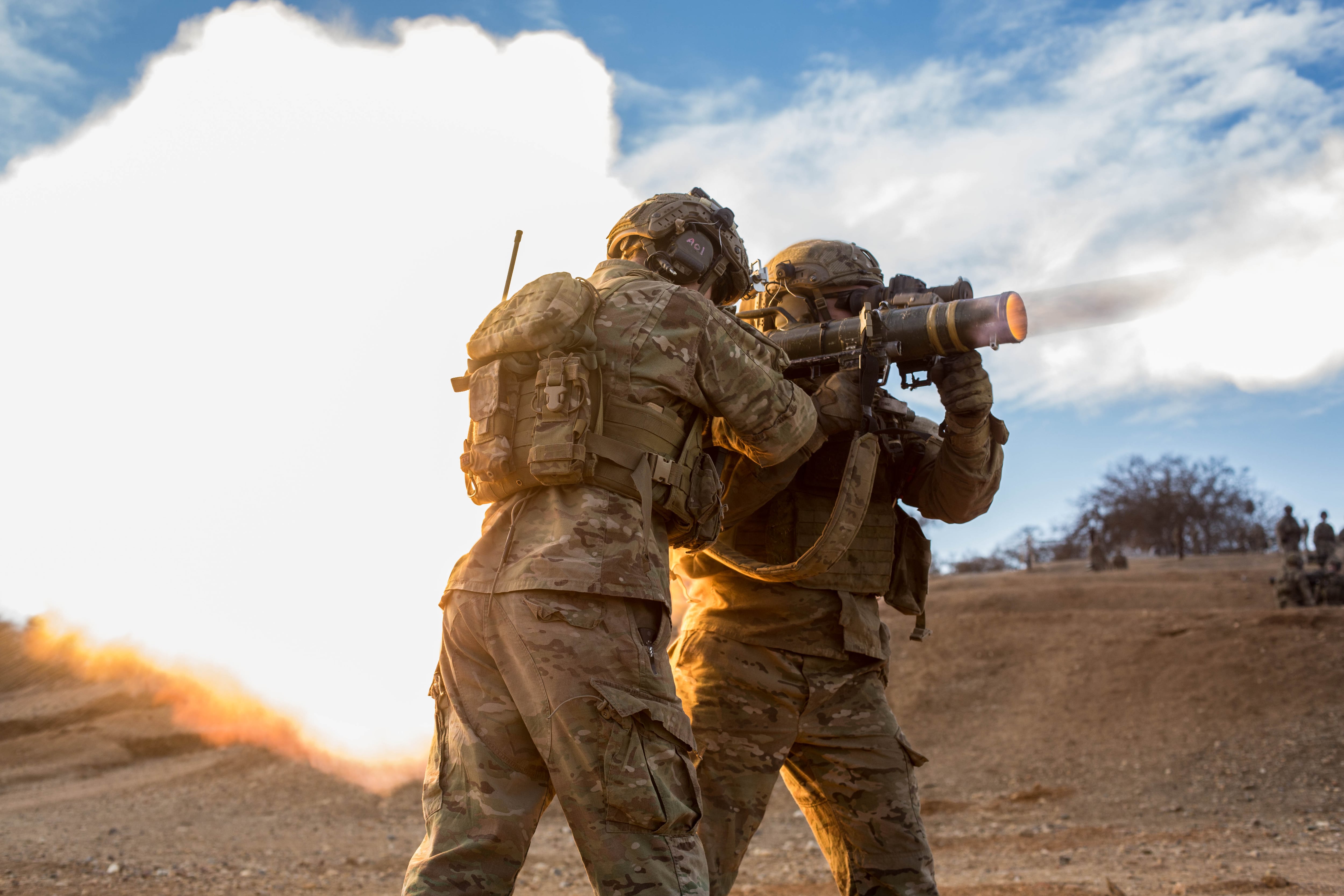While the weapon has long played a role in U.S. military operations, the Army has recently decided to make the Carl Gustaf a standard. Soon every infantry platoon will have one.
Special operations forces have used the anti-armor, 84mm recoilless rifle for decades. It provides a man-portable ability to pierce and destroy armor and buildings from hundreds of meters away, and at a fraction of the cost of less-easily-portable missile systems.
The popular breach-loading weapon cleared conditional materiel release (CMR) late last year, which means it can be fielded by operational units and maintained until full materiel release. It's expected to achieve FMR later this year: that would mean all logistical support requirements and all test requirements have been met, and funding secured for the entire life cycle of the weapon system.
The military's significant experience with the system makes it ideal for this fast-track to the field, according to Kevin Finch, product manager for crew-served weapons for Program Executive Office Soldier.

A U.S. Special Forces soldier assigned to Combined Joint Special Operations Task Force-Afghanistan fires a Carl Gustav recoilless rifle system after receiving small-arms fire during a clearance of Denasaro Kelay village in Mizan district. The weapon will be delivered to every infantry platoon over the next year.
Photo Credit: Spc. Sara Wakai/Army
"The M3 Carl Gustaf was a perfect candidate for a CMR because the weapon system was adopted from USSOCOM - logistical system and a large stockpile of ammunition was already in place to support Army units until FMR is achieved," Finch told Army Times by email.
A few months after the CMR made the Gustaf an organic item to platoons, a fielding schedule was approved, Finch said, with the first brigades receiving them in March. Active components will be receiving the M3 until the rollout's scheduled completion in February 2017. Later that year, the National Guard will begin fielding Gustafs.
The Gustaf engages with armored targets from up to 700 meters away, and effectively engages structures from up to 600 meters away, Finch said. The current version weighs 22 pounds (less than earlier models like the M1 and M2) with rounds that range from 6 to 9.5 pounds, depending on capability and purpose. Many are high explosive rounds designed to blow after penetrating the wall of a vehicle or building.
The weapon traces its roots to recoilless rifles of the WWII era; the M1 iteration of the Gustaf (often spelled Gustav; maker SAAB uses the "f") was introduced in 1946. Despite the accuracy facilitated by the design — which allows much of the propellant to flow out the back of the breach-loaded weapon, thus reducing recoil — the Army shifted away from them as a standard system as guided missiles were developed. Many militaries continued to use them, however.
The M3 — introduced in 1991 — was fielded by the 75th Ranger Regiment in 1993, with broader Special Operations Command adopting the weapon in 1997, Finch said. Special operations units from all four branches as well as some regular Army units currently use the weapon.
Soldiers generally appreciate the weapon's portability/weight compared to missile systems like the Javelin, and its reload-ability and long-rage accuracy compared to the 15-pound single-shot disposable AT-4 84mm recoilless rifle. That led the M3 to become popular, in Afghanistan in particular.




